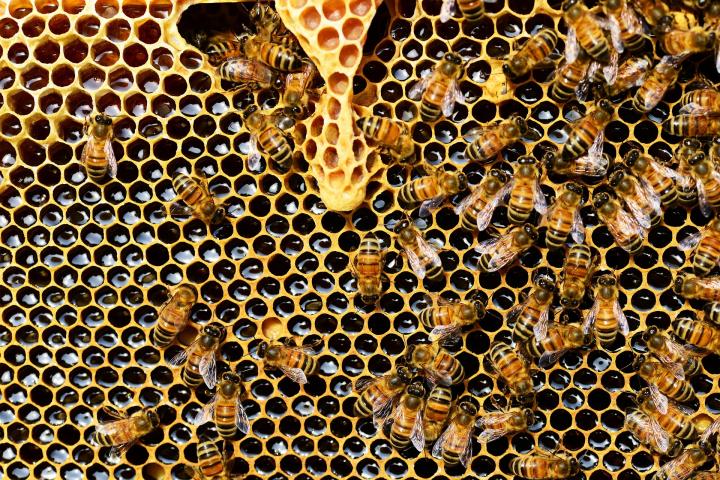
The Pros and Cons of Keeping Bees
ADVERTISEMENT
Nice article and are links below the main article and comment section. BUT the page links a (5) re loaded with 'PAGE NOT FOUND". Sputter.
If you're referring to link 5, "Learn How—and Where—to Get Your Own Colony of Bees", sir, you can right-click and copy the hyperlink then paste it to a new Tab in your web browser. Here's the direct link: https://www.almanac.com/beekeeping-101-where-get-bees
Just viewed the sent article and noted this reply to mine. Sir, I was referring to 5 different links that when trying to access, the result was "PAGE NOT FOUND", that's within OFA's linking, page not there / posted. I was not referring to a Link 5, whatever that is. I noted when OFA changed formats there was quite a few PNF. Given time has perhaps caught up to posted data, I (or others) haven't experienced the PNF hardly at all. There are so many great articles and info and am very appreciative. I don't need the title SIR, experienced too much of that in the military, don't need it in civilian life.;Let's not get personal.
Hi, great article! I am new to the bee world and am thinking this would be a great hobby for myself. I have nothing so far I'm in the research part yet. My question is my neighbors up the hill have 5 hives. I am below the hill (say 1 block distance from neighbors hives). I have 6 acres is this to close to start my own hives? My hives would be on the farthest part of my property away from neighbors hives. So about 2 to 2.5 blocks away from neighbors hives.
I think it will be fine. 2 hives per acre is what I've heard. Beekeeper from NC. Good luck with beekeeping and hang in there.
So, I've got a decent bee colony thats been visiting my garden for gosh, maybe 8yrs now. I actually havent found the hive after all these years, so I'm not sure if they're an actual umm.. 'owned' hive or just a naturally occurring wild hive but I've always been curious and interested in beekeeping and helping bees in general. But, I dont want to hurt the established hive, and living rurally where I do in 'horse country' Colorado where theres not a massive amount of flowering plants whether it might do more harm than good to start keeping or even empty boxing my 6 acres.
So my question is really just a question of, general, should I or shouldnt I introduce or even empty box some of my acres? I mean, this hive, or what I assume is essentially the generations of the same hive have been pretty successful living off what I provide. I'd hate to introduce 'my hive" they drive off the others, and being completely novice mine fail and now, I dont have a wild hive or what I assume is, nor my own.
I'm not an expert, but if the hive needs another queen then they will grow one. For a proper and adequate food you could plant and grow more flowering plants. Good luck!
You seem uncertain if someone, beside you, is benefiting from your garden. Perhaps if other hives exist, there is also gardens in the same area.
You mention that the “bees’ have been visiting you for at about 8 years. PIn your list of questions, you did not mention speaking to the land owners surrounding you, nor did you mention looking for a local beekeepers group. Perhaps that would be The First place to start. You also mention that there not a “massive amount of flowering plants”. What are you growing that attract the bees? And would you like to increase what you grow to keep your bees content to stay at home? A great combo, a rotation of local wildflowers and bees.
I wish you good beekeeping, from a Texas rancher.
There were beekeepers that brought bees to my prosperity of 160 acre in East Tx, to resupply their hives with queen bees. Each year, the bees stayed several months then returned “home” with new queens, and worker bees.
Our payment was honey, much sweeter than money.
Joanna Panzera said “Beekeeping also gives me a rush and makes me feel like a kid. Like when you let an ant crawl on you so it can tickle your arm.”
“Of all hobbies I never thought I’d get into, beekeeping would be it.”









